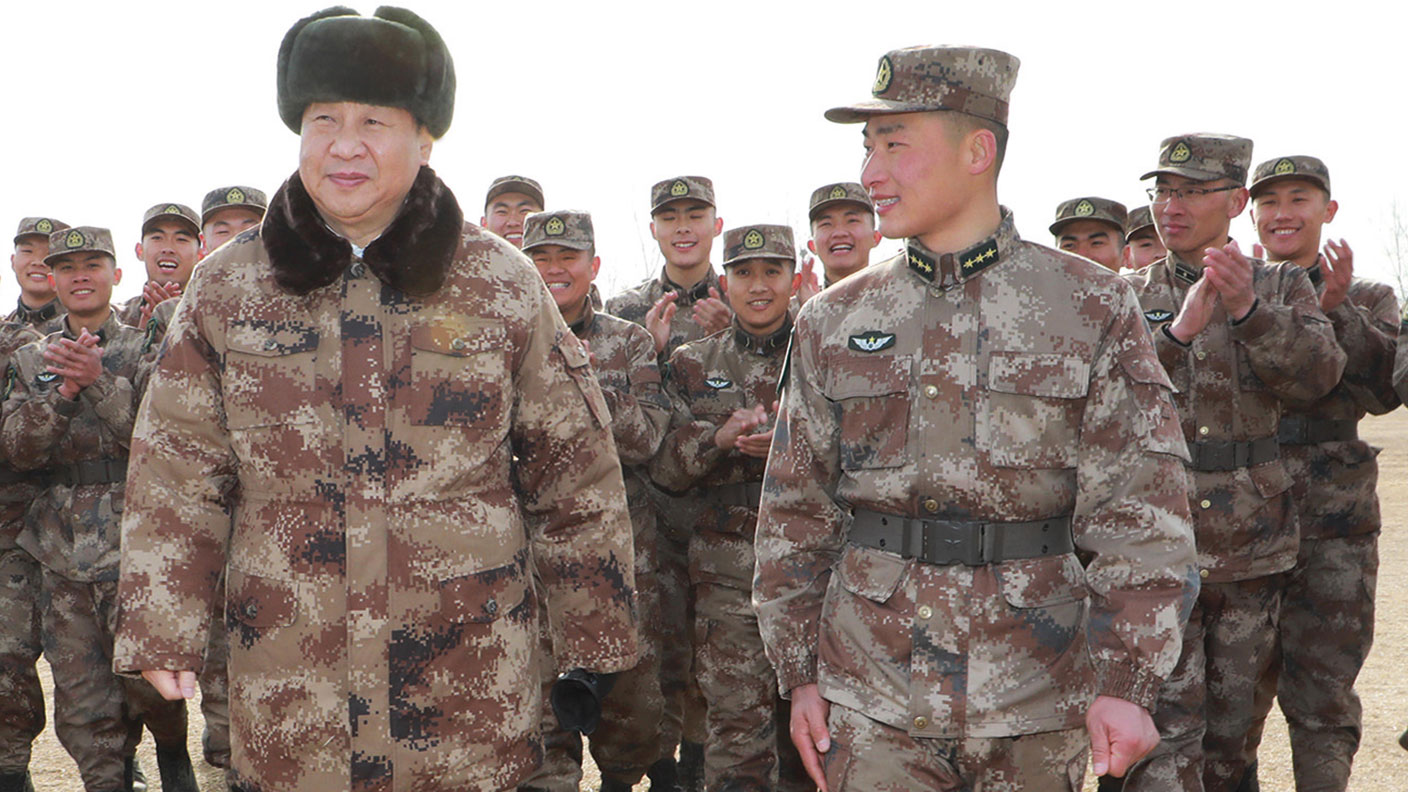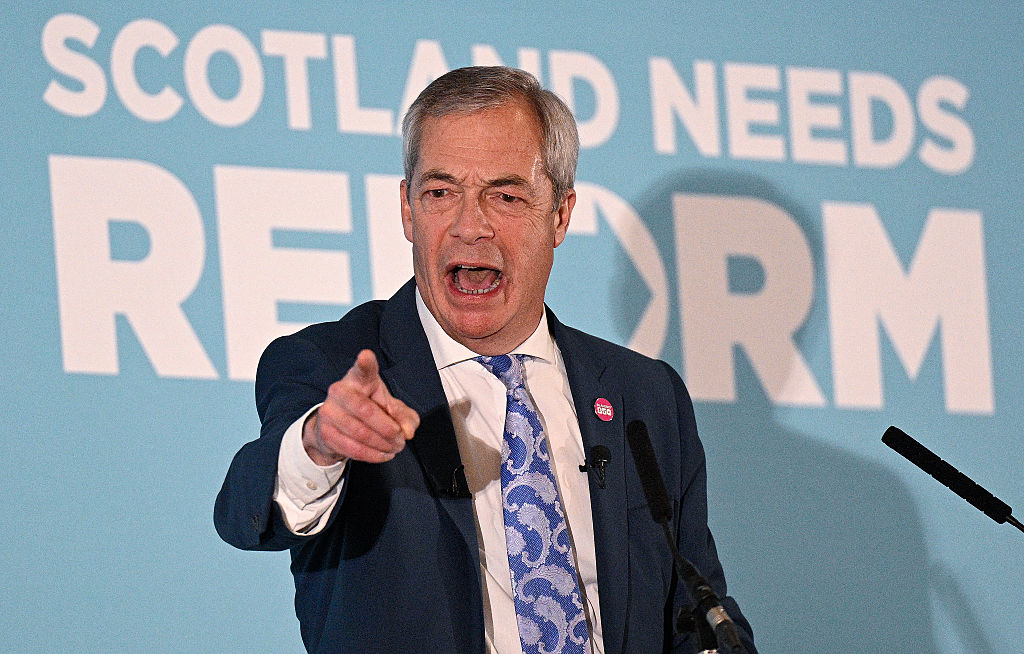Investing beyond China: how to buy into wider Asian markets
There are several reasons to be sceptical about China’s development, says Max King. What’s more, there is vast potential in other regional emerging markets. Here’s how to buy in.

The three investment trusts specialising in China were among the 20 best-performing trusts in the whole market last year. And if you believe the managers, there is much more to go for. JPM China Growth & Income Trust (LSE: JCGI) returned 96%, Fidelity China Special Situations (LSE: FCSS) 69% and Baillie Gifford China Growth (LSE: BGCG) 56%, although it only switched to Baillie Gifford in September, having previously been called Witan Pacific. FCSS shares trade at net asset value (NAV), but the other two at a premium.
Roddy Snell, co-manager of BGCG, points out that “China accounts for 19% of global GDP at purchasing power parity, 18% of global market capitalisation and 31% of the world’s listed stocks, but only 5.5% of the MSCI All Countries World index. The allocation of most global funds is just 2.5%”. Catherine Yeung of Fidelity International draws attention to the Middle Kingdom’s strong economic fundamentals, such as “a 37% savings ratio, 2.3% growth in 2020 and 8%-9% this year, falling to 5.4% next. Household debt is low, the labour market tight and credit growth is decelerating as monetary policy is normalised”.
A structural slowdown
Rebecca Jiang, manager of JCGI, says that “better-quality and more sustainable growth will lead to a structural slowdown” compared with the breakneck pace of earlier decades. Meanwhile, “a market that is broad and deep, young and volatile creates many opportunities to invest in mispriced stocks. It’s a great market for bottom-up stock selection.” Her focus is on “technology and innovation”, with 17% invested in information technology and 18% in healthcare, each 11% above the China-index weighting. The two largest holdings, Tencent and Alibaba, both among the ten biggest companies in the world, account for 16% of the portfolio between them, but are categorised in other sectors despite their main businesses being in e-commerce and internet-related services. With 85% of the portfolio in companies with a market value above £10bn, this is a large-cap portfolio.
MoneyWeek
Subscribe to MoneyWeek today and get your first six magazine issues absolutely FREE

Sign up to Money Morning
Don't miss the latest investment and personal finances news, market analysis, plus money-saving tips with our free twice-daily newsletter
Don't miss the latest investment and personal finances news, market analysis, plus money-saving tips with our free twice-daily newsletter
FCSS, by contrast, concentrates more on smaller companies with just 38% of the listed portfolio in large caps and 24% in companies with a market value below £1bn, where JCGI doesn’t venture. Tencent and Alibaba are each over 10% of the portfolio, but these two stocks, which account for 28% of the China index, are hard to ignore. As Yeung says “small caps have lagged in recent years, but there has been some bounceback recently.” This will have held performance back but, unlike JCGI, FCSS leverages the portfolio through futures and options to achieve net equity exposure of 119% of net assets, which has boosted returns. The portfolio is less growth focused than JCGI, but “the price/earnings (p/e) ratio in the mid-20s is similar to the market. The earnings cycle is turning positive so the party is not quite over, but investors need to be alert”.
Unlisted stocks account for 7% of FCSS’s portfolio, but “could be 15%-20% of BGCG”, says Snell. BGCG is very much a growth fund, investing in between 40 and 80 firms. At present, 4% of the portfolio is in ByteDance, the owner of TikTok. “If you’re not looking for growth companies, you are missing the point of investing in China,” Snell says. Eighteen percent of the portfolio is invested in Alibaba and Tencent, but Snell is getting more interested in “the second wave of innovation” in the internet sector. Baillie Gifford has opened a Shanghai office to research “the many firms not looked at by overseas investors in a retail-driven market. This will be the largest economy in the world and we are only at the beginning in investment terms”.
All the managers claim to be rigorous in applying environmental, social and governance (ESG) scrutiny to their stocks. “ESG is crucial to what we do,” says Snell. But is it really? China’s abuse of the Uighurs, aggression towards India and in the South China Seas, crackdown in Hong Kong and increasing belligerence towards Taiwan don’t seem to matter when it comes to testing ESG. President Xi’s promise of carbon neutrality by 2060 is accepted without question, but 2060 is a long way away. Diana Choyleva of consultancy Enodo Economics points out that despite China’s pre-eminence in renewable energy industries, more than half of China’s electricity is generated by burning coal.
Moreover, “in 2020, China put into operation more than three times the amount of new coal-fired capacity built elsewhere around the world”, she says. Besides, to whom is President Xi accountable at home and abroad if he fails to pursue that target? Hong Kong shows how easily China’s commitments are broken and its response to Covid-19 how little regard it has for openness and honesty.
It gets much worse. “China is determined to absorb Taiwan,” says Choyleva. “Xi sees reunification as a national duty that falls to him. Only coercion followed eventually by a military invasion would bring about reunification. The far-reaching geopolitical confrontation between the existing superpower, the US and the aspiring one, China, is neither going away or diminishing. We see only a 40% chance of avoiding conflict in the next three years.”
Could China face major turbulence?
And what of North Korea? Is it China’s embarrassing neighbour or its poodle? It too could turn aggressive if given the opportunity. Admittedly, these are threats to all world markets, not just China, but investors in China need to keep their rose-tinted glasses glued on. The inevitable and growing strains between an authoritarian communist government and an entrepreneurial economy spreading prosperity and aspiration across China will not necessarily be resolved peacefully and favourably.
For those who regard investing in a pure China fund as a step too far for reasons to do with ethics, ESG, or disbelief in the sustainability of the Chinese economic model, there are good alternatives in the broader Asian ex-Japan market – although Asian trusts will usually reduce rather than avoid exposure to China.
The star of this sector is Baillie Gifford’s Pacific Horizon Trust (LSE: PHI), managed by Ewan Markson-Brown. Like other Baillie Gifford managers, he is a growth investor, seeking companies that can generate expansion rates of 15% per annum for three to five years. He points out that while analysts’ earnings forecasts are generally too optimistic, they tend to underestimate the fastest growers. PHI returned 129% last year and 278% over the last five years. As a result, its shares trade at a significant premium to NAV. China (including Hong Kong) currently accounts for 40% of the portfolio, but that is well below the regional index’s 52%.
What is most notable is that the portfolio’s top ten include neither Tencent nor Alibaba, nor the other two big index components, Taiwan Semiconductor and Samsung, though PHI does hold Samsung’s SDI affiliate, a global leader in lithium-ion batteries.
“This is the Asian growth decade,” Markson-Brown says, “but the growth opportunities stretch well beyond the technology sector.” He notes that Baidu’s share of internet searches has fallen from 50% to 10%, while Tencent’s share of social-media advertising has dropped from 80% to 40%, thanks to TikTok. “Big tech growth is slowing,” he says, “while competition is increasing and regulation tightening.”
Instead, he has been buying Tata Motors, owners of Jaguar Land Rover, as “it has taken out costs and is developing new electric models”. Tesla has changed the business model for making electric cars, showing that it can be far more profitable for Jaguar Land Rover, than expected. Chinese sportswear company Li-Ning, meanwhile, “threatens Nike and Adidas. The Chinese increasingly favour local over international brands”.
The records of Schroder Asia Pacific (LSE: SDP), Aberdeen Standard Asia Focus (LSE: AAS), JP Morgan Asia Growth & Income (LSE: JAGI) and Invesco trusts are similar, with returns of 140%-160% over five years. Schroder has done well to keep pace with only a 7% direct exposure to China (plus 29% to Hong Kong), but its veteran manager, Matthew Dobbs, is due to retire shortly. The shares of JP Morgan Asia Growth yield 3%, but the generous dividend is largely paid out of capital. JAGI wisely avoids compromising capital returns to generate income, resulting in significantly better total returns than other Asian income trusts. Its shares trade at asset value rather than the usual discount of 5%-10%.
A stellar long-term record
In recent years, Aberdeen Standard Asia Focus has been a conspicuous laggard, returning just 70% over five years, but performance has picked up in the last six months. With zero exposure to China and 8% to Hong Kong, this is the trust for China sceptics, which includes its veteran manager Hugh Young. He has always worried about the poor corporate governance of Chinese firms and their lack of openness as well as environmental and ethical issues there. It’s a small-cap trust, investing in firms with a total market value up to $1.5bn, but small caps in Asia have lagged in recent years, especially those in his favoured markets of ASEAN and India. But the long-term record has been stellar. With dividends reinvested, the shares have multiplied in value 18-fold since launch 25 years ago. They trade at a discount of more than 10% to NAV, but that will fall, adding to investors’ returns, if the good performance continues. “We are every bit as excited to invest in Asia now as we were in 1995,” says Young.
“Today, we see real resilience across Asia. It is at the forefront of global innovation and brand creation, some barely known in the UK, but often dominating their own markets. It has also learned the lessons of excessive debt, helping it weather both the global financial crisis and now Covid-19 adeptly. Governance is stronger than it has ever been, while governments across the region recognise the power of co-operation. This makes it a fertile region for active investment.”
Get the latest financial news, insights and expert analysis from our award-winning MoneyWeek team, to help you understand what really matters when it comes to your finances.

Max has an Economics degree from the University of Cambridge and is a chartered accountant. He worked at Investec Asset Management for 12 years, managing multi-asset funds investing in internally and externally managed funds, including investment trusts. This included a fund of investment trusts which grew to £120m+. Max has managed ten investment trusts (winning many awards) and sat on the boards of three trusts – two directorships are still active.
After 39 years in financial services, including 30 as a professional fund manager, Max took semi-retirement in 2017. Max has been a MoneyWeek columnist since 2016 writing about investment funds and more generally on markets online, plus occasional opinion pieces. He also writes for the Investment Trust Handbook each year and has contributed to The Daily Telegraph and other publications. See here for details of current investments held by Max.
-
 The war dividend – how to invest in defence stocks as the world arms up
The war dividend – how to invest in defence stocks as the world arms upWestern governments are back on a war footing. Investors should be prepared, too, says Jamie Ward
-
 Literacy Capital: A trust where great returns fund a good cause
Literacy Capital: A trust where great returns fund a good causeThere’s plenty to like about specialist private-equity trust Literacy Capital, says Max King
-
 An AI bust could hit private credit – could it cause a financial crisis?
An AI bust could hit private credit – could it cause a financial crisis?Opinion Private credit is playing a key role in funding data centres. It may be the first to take the hit if the AI boom ends, says Cris Sholto Heaton
-
 8 of the best ski chalets for sale now
8 of the best ski chalets for sale nowThe best ski chalets on the market – from a traditional Alpine-style chalet in Switzerland to an award-winning Modernist building in Japan’s exclusive ski areas
-
 Did COP30 achieve anything to tackle climate change?
Did COP30 achieve anything to tackle climate change?The COP30 summit was a failure. But the world is going green regardless, says Simon Wilson
-
 Who is Christopher Harborne, crypto billionaire and Reform UK’s new mega-donor?
Who is Christopher Harborne, crypto billionaire and Reform UK’s new mega-donor?Christopher Harborne came into the spotlight when it emerged he had given £9 million to Nigel Farage's Reform UK. How did he make his millions?
-
 The best Christmas gifts for your loved ones
The best Christmas gifts for your loved onesWe round up the best Christmas gifts with a touch of luxury to delight, surprise and amaze family and friends this festive season
-
 Leading European companies offer long-term growth prospects
Leading European companies offer long-term growth prospectsOpinion Alexander Darwall, lead portfolio manager, European Opportunities Trust, picks three European companies where he'd put his money
